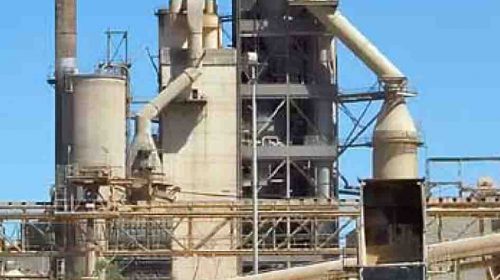Sources: Cembureau, Brussels; CP staff
A five-route roadmap details how European Cement Association members and customers can reduce their industry’s carbon dioxide emissions from a 1990 level of 170 million metric tons to 34 million metric tons by 2050. Routes under cement sector control are Resource Efficiency, Energy Efficiency, plus Carbon Sequestration and Reuse; two others, Product Efficiency and Downstream, target low-carbon concretes, smart buildings and infrastructure, concrete recycling and sustainable construction.
“The industry is committed to reducing greenhouse gas emissions,” says Cembureau President Peter Hoddinott, noting that cement companies can build on carbon dioxide emissions reduction achievements thus far—toward a point where the industry lowers CO2 volume 34 percent against 1990 levels.
The five routes anchor a roadmap Cembureau themes “The Role of Cement in the 2050 Low Carbon Economy,” an executive summary of which is now posted here.


“With breakthrough technologies and a supportive policy framework, a potential reduction of up to 80 percent by 2050 can be envisaged,” he affirms. “Innovations in concrete construction can allow the industry to contribute more. For example, intelligently-conceived modern concrete buildings can use three quarters less energy over their whole life. With over 35 percent of Europe’s energy consumed in buildings, how concrete is used can have profound benefits for where we live and work tomorrow.”
“The cement and concrete industry can play a crucial role in helping Europe achieve its goals, since its vision sits well with European requirements and strategic objectives on employment, innovation, education, social inclusion and climate and energy,” adds Cembureau Chief Executive Koen Coppenholle.
